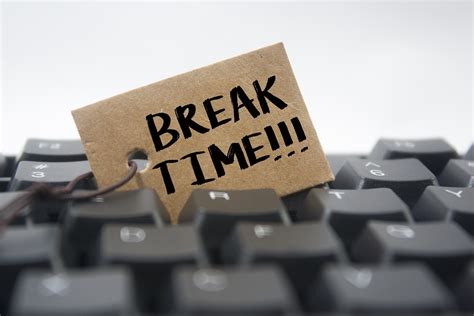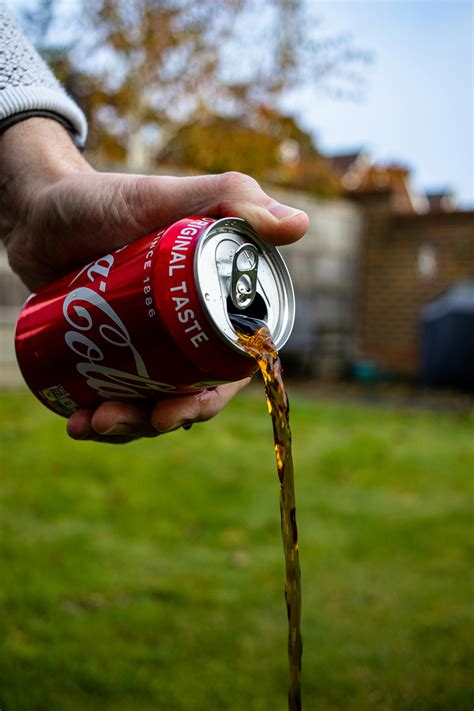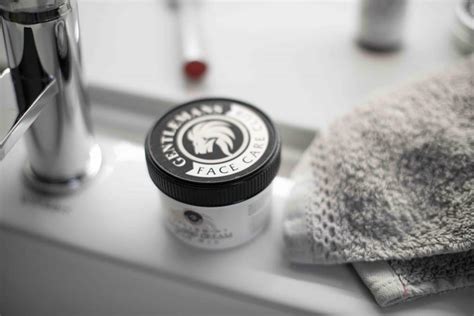Optimize shave routine: Prevent ingrown hairs for peak performance?
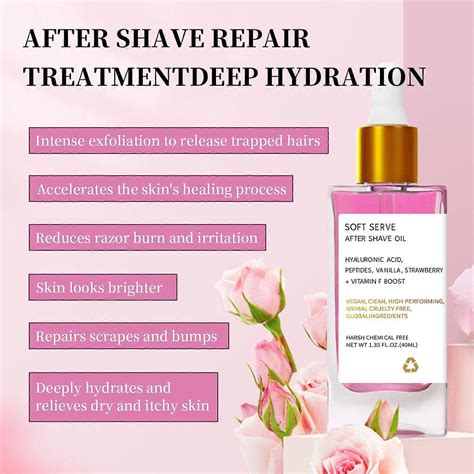
For many, shaving is more than just a daily chore; it’s a ritual, a moment of self-care that sets the tone for the day. A smooth, irritation-free shave can boost confidence, project professionalism, and contribute to an overall sense of well-being – indeed, peak performance. However, this ideal is often undermined by the persistent adversary: ingrown hairs. These irritating bumps can turn a routine into a painful ordeal and detract from an otherwise polished appearance. The good news is that with the right knowledge and a few strategic adjustments, you can transform your shaving routine from a potential source of frustration into a consistent pathway to clear, healthy skin.
Understanding Ingrown Hairs: The Root of the Problem
Ingrown hairs occur when a shaved hair curls back into the skin and starts growing underneath it, leading to inflammation, redness, and sometimes painful, pus-filled bumps. They are particularly common in areas with coarse, curly hair and can affect anyone, regardless of gender. Factors like improper shaving techniques, dull blades, or certain hair textures can exacerbate the problem. Recognizing the causes is the first step towards prevention.

Pre-Shave Preparation: The Foundation for Flawless Skin
The success of your shave routine hinges significantly on what you do before the blade even touches your skin. Proper preparation softens the hair and opens the pores, making it easier for the razor to glide smoothly without tugging or causing irritation. Start with a warm shower or by applying a warm, damp towel to your face for a few minutes. This softens both the skin and hair follicles. Gently exfoliating the skin 2-3 times a week with a mild scrub or a salicylic acid cleanser helps remove dead skin cells that can trap hairs, preventing them from growing outwards.
Next, choose a high-quality pre-shave oil or cream. These products create a protective barrier between your skin and the blade, enhancing lubrication and reducing friction. Work up a rich, creamy lather with a good shaving cream or gel, applying it evenly against the grain of your hair to lift the hairs, preparing them for a closer, smoother cut.
The Shaving Technique: Mastering the Blade
Your technique is paramount in preventing ingrown hairs. Opt for a sharp, clean razor. Multi-blade razors can sometimes cut hair too short, increasing the likelihood of hairs curling back. Consider a single-blade safety razor or an electric shaver for sensitive skin. Always shave with the grain of your hair growth initially, using short, light strokes without applying excessive pressure. If a closer shave is desired, a second pass can be done across the grain, but never directly against it, especially if you’re prone to ingrowns.
Rinse your razor blade frequently under hot water to remove hair and shaving cream, ensuring a clean cut with each stroke. Avoid going over the same area repeatedly, as this can irritate the skin and increase the chances of ingrown hairs.
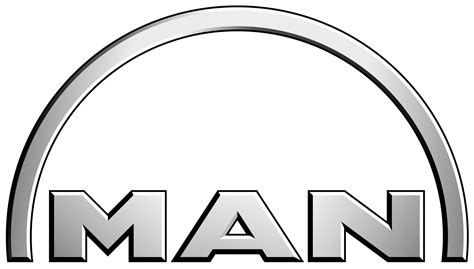
Post-Shave Care: Soothe, Hydrate, and Protect
What you do immediately after shaving is just as crucial as your pre-shave ritual. Begin by rinsing your face with cool water to close the pores and remove any remaining shaving cream. Gently pat your skin dry with a clean towel; avoid harsh rubbing. Next, apply a soothing aftershave balm or serum that is alcohol-free. Alcohol-based products can dry out and irritate the skin, making it more susceptible to ingrown hairs.
Look for ingredients like aloe vera, witch hazel, chamomile, or salicylic acid (in low concentrations) which help calm inflammation and gently exfoliate to prevent hair follicle blockage. Follow up with a good moisturizer to keep your skin hydrated and supple. Well-moisturized skin is more resilient and less prone to irritation.

Product Recommendations & Lifestyle Tips
Investing in quality grooming products specifically designed for sensitive skin or ingrown hair prevention can make a significant difference. Consider a pre-shave oil with natural oils, a moisturizing shaving cream without harsh chemicals, and an aftershave balm enriched with anti-inflammatory ingredients. Regularly replace your razor blades (every 5-7 shaves for cartridges, or after 2-3 uses for safety razor blades) to ensure maximum sharpness and hygiene. For those with particularly stubborn ingrown hairs, incorporating a gentle chemical exfoliant (like an AHA/BHA toner) a few times a week on non-shaving days can be highly effective in keeping pores clear.
Beyond products, lifestyle choices play a role. Ensure you’re staying hydrated, maintaining a healthy diet, and getting enough sleep, as these contribute to overall skin health. Avoid tight clothing that can cause friction on shaved areas, especially if you shave your neck or other body parts.

When to Seek Professional Advice
While an optimized routine can significantly reduce ingrown hairs, some individuals might experience persistent or severe cases. If you find your ingrown hairs are frequently becoming infected, painful, or leaving scars, it might be time to consult a dermatologist. They can offer tailored advice, prescription treatments, or procedures like laser hair removal to address chronic issues.
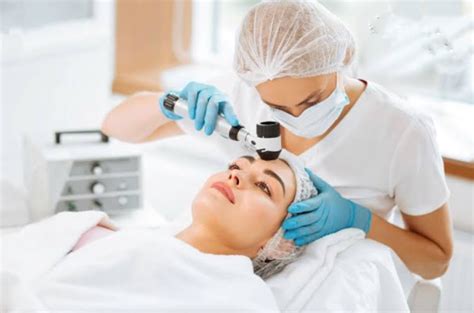
Achieving a smooth, ingrown hair-free shave is entirely within reach with a mindful approach to your grooming routine. By understanding the causes, committing to proper preparation, mastering your technique, and dedicating time to post-shave care, you can prevent those troublesome bumps and ensure your skin always looks and feels its best. Embrace these strategies, and experience the confidence that comes with peak performance, both in your grooming and beyond.

